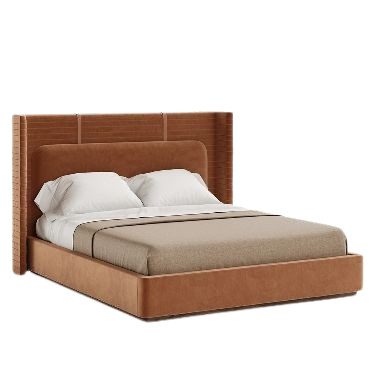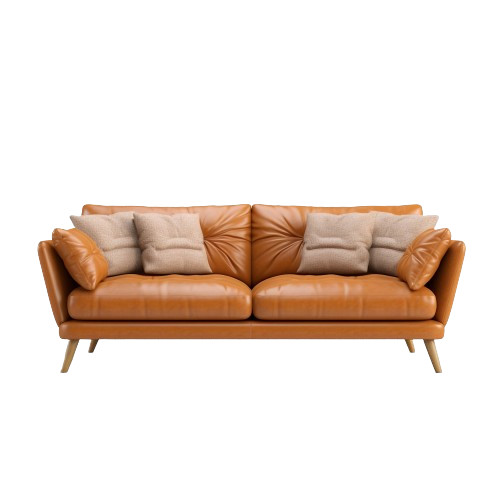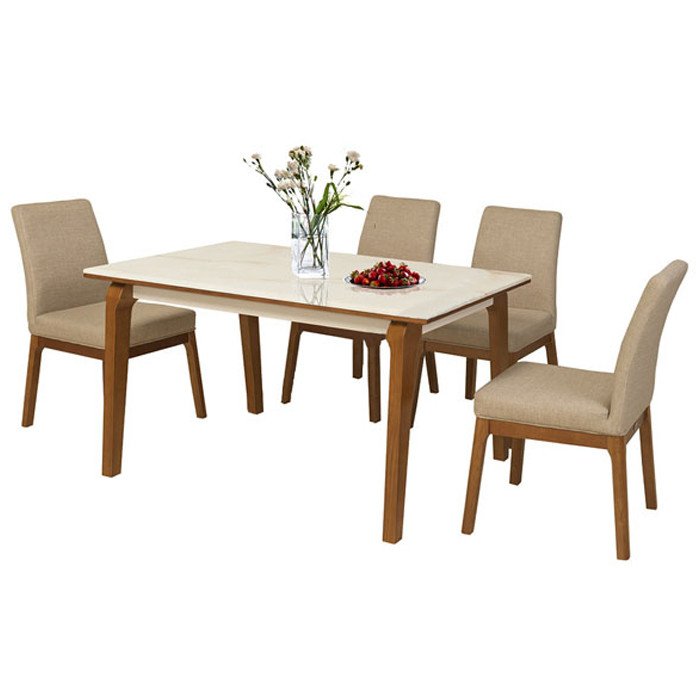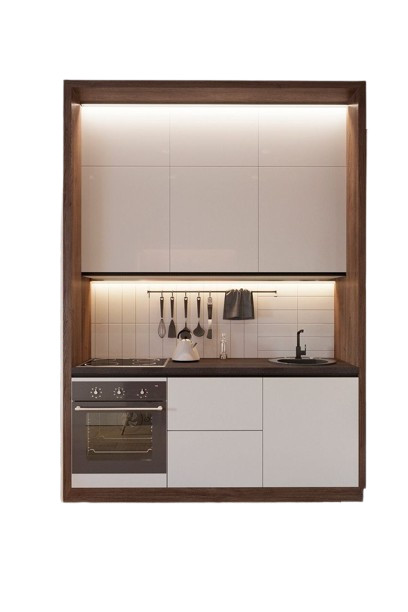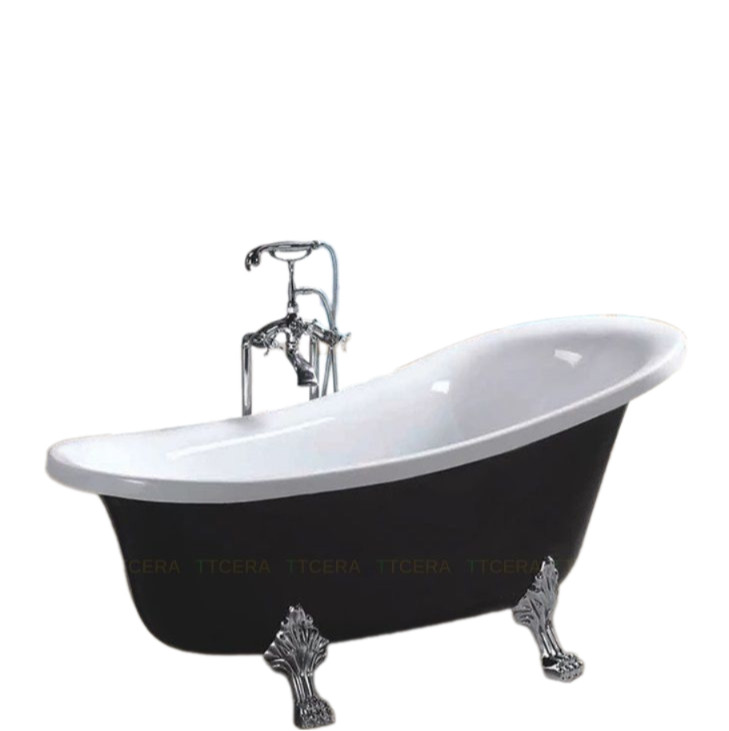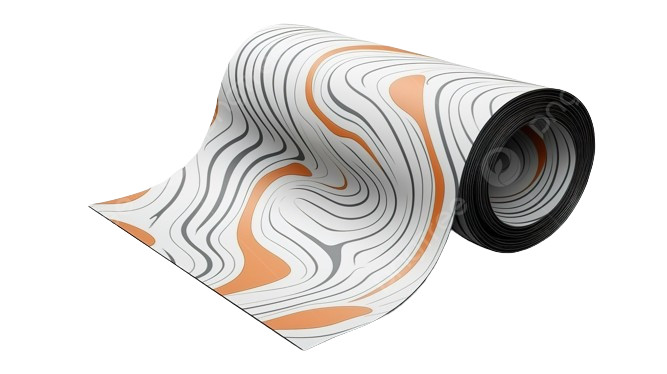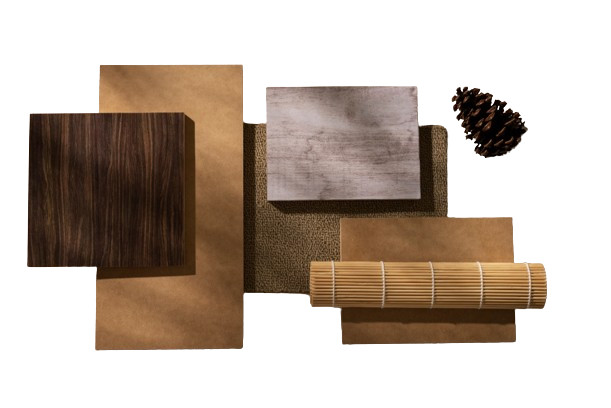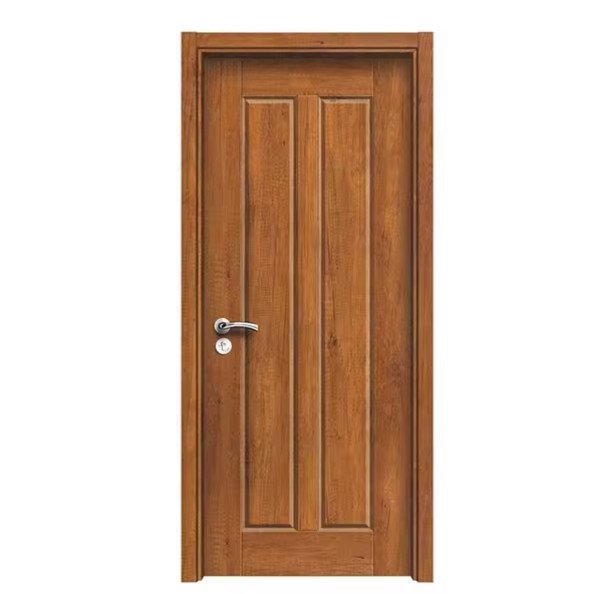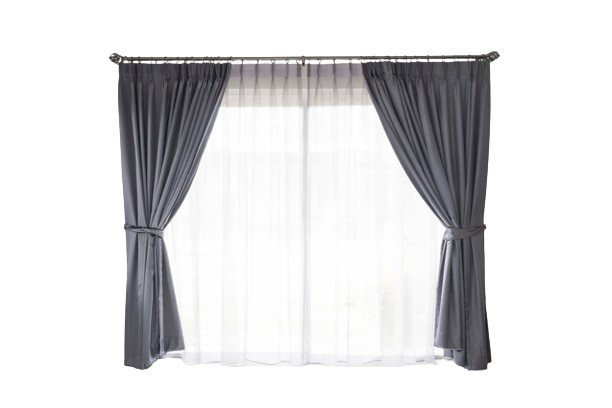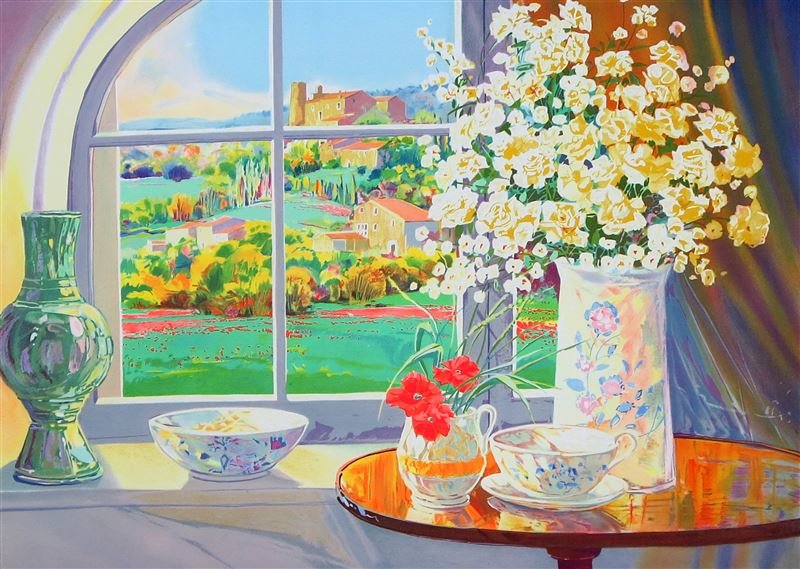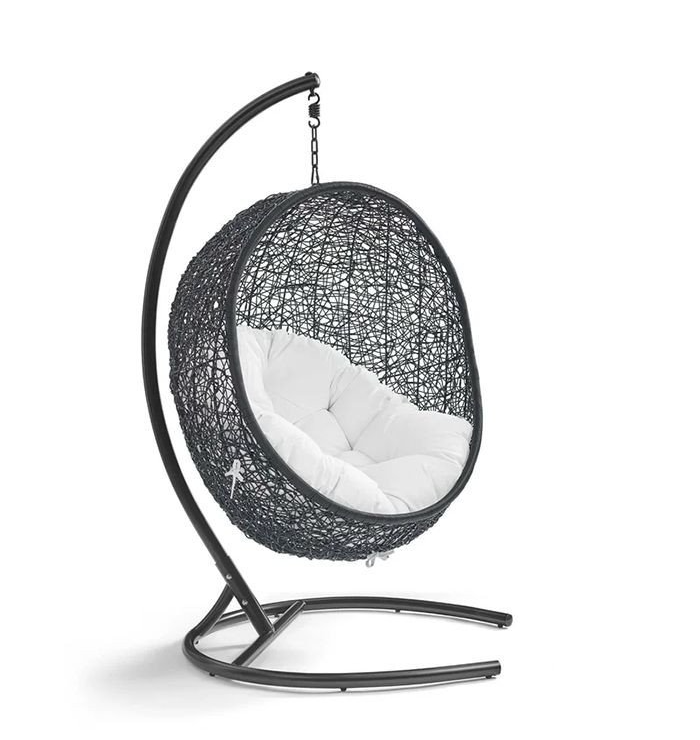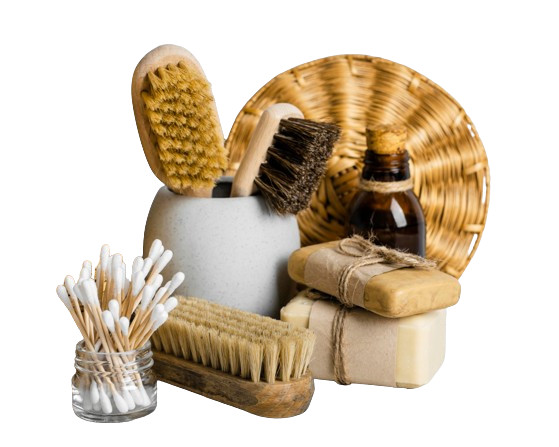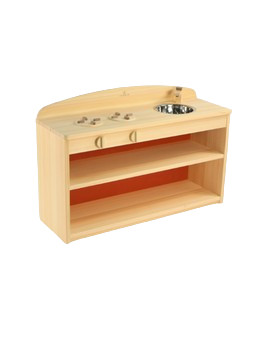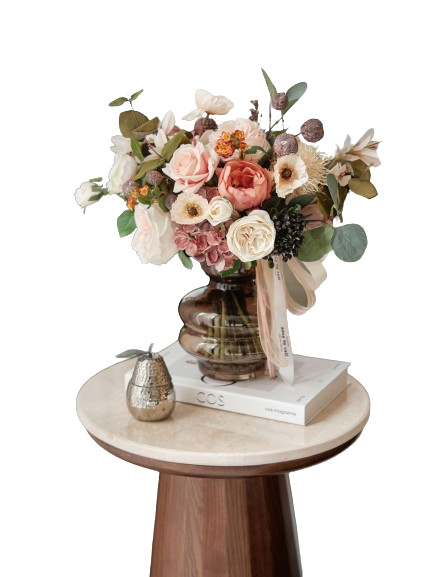JAPANESE TRADITIONAL CRAFTS
In Japan, many daily necessities which are made by using traditional manufacturing methods and raw materials that have been nurtured and inherited through history and climate. Please try incorporating traditional Japanese crafts into your daily life.
EDO-SEKKU-NINGYO (DOLL)
EDO Sekku Ningyo (Seasonal Festival Dolls)
Location: Tokyo
History: during the Heian era (794-1185)
Edo dolls are characterized by their natural color, as well as their sophisticated and realistic appearance, in keeping with the traditions of the time.
History: during the Heian era (794-1185)
Edo dolls are characterized by their natural color, as well as their sophisticated and realistic appearance, in keeping with the traditions of the time.
ECHIGO-SANJO-UCHIHAMONO
ECHIGO SANJO Uchihamono (Forged Blades)
Location: Niigata
History: the middle ages
These items are produced in consideration of the appropriate shape and material for the intended use and are characterized by their ease of use, sharp, resilient edge and long-lasting durability.
History: the middle ages
These items are produced in consideration of the appropriate shape and material for the intended use and are characterized by their ease of use, sharp, resilient edge and long-lasting durability.
Takaoka Copper Casting
TAKAOKA Doki (Bronze Casting)
Location: Toyama
History: the beginning of the Edo era (1600-1868)
Takaoka bronze-casting involves thirteen methods, chosen according to the expressive intent and the product type, which includes tabletop ornaments, flower vases, incense burners, panels, bronze sculptures and Buddha statues.
History: the beginning of the Edo era (1600-1868)
Takaoka bronze-casting involves thirteen methods, chosen according to the expressive intent and the product type, which includes tabletop ornaments, flower vases, incense burners, panels, bronze sculptures and Buddha statues.
MIYAKONOJO-DAIKYU (BOW)
MIYAKONOJO Daikyu (Bamboo Bows)
Location: Miyazaki
History: Mid-19th century
The bow’s core is made of bamboo and wax tree wood and is placed between two sheets of bamboo. The core is tightened into a crescent shape using a wedge, after which the tips are attached and wrapped with a rope.
History: Mid-19th century
The bow’s core is made of bamboo and wax tree wood and is placed between two sheets of bamboo. The core is tightened into a crescent shape using a wedge, after which the tips are attached and wrapped with a rope.
BANSHU-KEBARI (FISHING FLIES)
BANSHU Kebari (Fishing Flies)
Location: Hyogo
History: around the 13th century
When making a fishing fly, it is important to consider various factors, including the type of fish type, its habitat, the season and the weather. As a result, more than 1,000 different types of fishing flies have been created.
History: around the 13th century
When making a fishing fly, it is important to consider various factors, including the type of fish type, its habitat, the season and the weather. As a result, more than 1,000 different types of fishing flies have been created.
beppu bamboo craft
BEPPU Take Zaiku (Bamboo Basketry)
Location: Oita
History: during the Muromachi era (1392-1573)
Beppu bamboo baskets are made mainly from P. bambusoides, a species of bamboo that grows wild in Oita prefecture and is suitable for weaving. Other varieties, including henon, medake, gomadake and black bamboo, are used for different purposes.
History: during the Muromachi era (1392-1573)
Beppu bamboo baskets are made mainly from P. bambusoides, a species of bamboo that grows wild in Oita prefecture and is suitable for weaving. Other varieties, including henon, medake, gomadake and black bamboo, are used for different purposes.
Nishijin ori weaving
NISHIJIN Ori (Textiles)
Location: Kyoto
History: the time of the Onin War
Nishijin Ori are yarn-dyed figured fabrics featuring woven patterns made with dyed yarn. A large number of steps are required to produce the finished products.
History: the time of the Onin War
Nishijin Ori are yarn-dyed figured fabrics featuring woven patterns made with dyed yarn. A large number of steps are required to produce the finished products.
Omi Jofu
OMI Jofu (Ramie Textiles)
Location: Shiga
History: during the Kamakura period (1185-1333)
Omi Jofu fabrics can be divided into yokoito-gasuri and tateyoko heiyo-gasuri. In yokoito-gasuri, the cross thread is “feather-winded” and paper stencil-printed (katagami nassen).
History: during the Kamakura period (1185-1333)
Omi Jofu fabrics can be divided into yokoito-gasuri and tateyoko heiyo-gasuri. In yokoito-gasuri, the cross thread is “feather-winded” and paper stencil-printed (katagami nassen).
KAMO Paulownia Chests Woodwork
KAMO Kiri Tansu (Paulownia Chests)
Location: Niigata
History: in the early 19th century
'Kamo chests are made from paulownia wood, which has a beautiful white luster and the same sense of quiet refinement as silk.
History: in the early 19th century
'Kamo chests are made from paulownia wood, which has a beautiful white luster and the same sense of quiet refinement as silk.
Suruga Take Sensuji Zaiku Suruga Bamboo Ware
SURUGA Take Sensuji Zaiku (Bamboo Latticeware)
Location: Shizuoka
History: the beginning of the Edo era (1600-1868)
Bamboo strips are shaved down to thin, round pieces, which are then bent and inserted into a bamboo ring. This technique enables the creation of a variety of shapes.
History: the beginning of the Edo era (1600-1868)
Bamboo strips are shaved down to thin, round pieces, which are then bent and inserted into a bamboo ring. This technique enables the creation of a variety of shapes.
KABA ZAIKU Woodwork
Kaba Zaiku (Cherry Bark Work)
Location: Akita
History: the end of the 18th century
Kaba Zaiku products, made from the bark of Yamazakura cherry trees, are unique in Japan. More than a dozen varieties of bark, including amekawa and hibikawa, are used to produce Kaba Zaiku goods, each chosen in accordance with the design.
History: the end of the 18th century
Kaba Zaiku products, made from the bark of Yamazakura cherry trees, are unique in Japan. More than a dozen varieties of bark, including amekawa and hibikawa, are used to produce Kaba Zaiku goods, each chosen in accordance with the design.
Kishu_Lacquerware
KISHU Shikki (Lacquerware)
Location: Wakayama
History: the end of the Muromachi era (1392-1573) century
Kishu lacquerware is coated using the kuroe-nuri and negoro-nuri techniques and consists mainly of everyday items that leave an impression of simplicity and durability.
History: the end of the Muromachi era (1392-1573) century
Kishu lacquerware is coated using the kuroe-nuri and negoro-nuri techniques and consists mainly of everyday items that leave an impression of simplicity and durability.

